Reflecting on farm forestry field days
Grant Hunter, New Zealand Tree Grower November 2020.
With various people giving farmers and foresters a bad rap, some might wonder what tricks farmer foresters get up to. Does the combination concentrate their bad behaviour, or is there enlightenment?
The NZFFA ‘promotes the wise use of trees for profit, amenity, sustainability and the environment’. It is a longer way of saying the right tree in the right place, so it is a hot topic now and one that extends beyond the farm gate. This article is a sample of what the NZFFA is up to at a regional level in one part of the country. It shows a well-grounded and practical approach to upskilling for forestry on the farm, one of the ways it can help its members.
The last Thursday of each month is the designated field day for our North Canterbury branch, with activities chosen and organised by members, and always about plants and places but on a surprisingly wide front.
Members are mostly active or retired farmers, forest scientists and ecologists, forest industry professionals such as consultants and nurserymen, restoration specialists and often spouses.
A broad sweep of farm-forestry topics
Here is a rundown of what we have been looking at and talking about over the last three years at 26 field days. First, I have grouped activities into traditional plantation forestry versus the bigger picture, and then put each of these two groups into half a dozen categories. Each time a field day touched significantly on an activity it got a tick on my chart which then produced the graphs that you see below. The two groups are −
- Plantations, species selection and site trials, tree genetics and propagation, silviculture, harvest technology, wood processing and marketing
- Financial options, wider land use such as integrating production, conservation, farming, forestry and catchment management, farming carbon, biosecurity, landscape ana amenity, and biodiversity and habitat restoration.
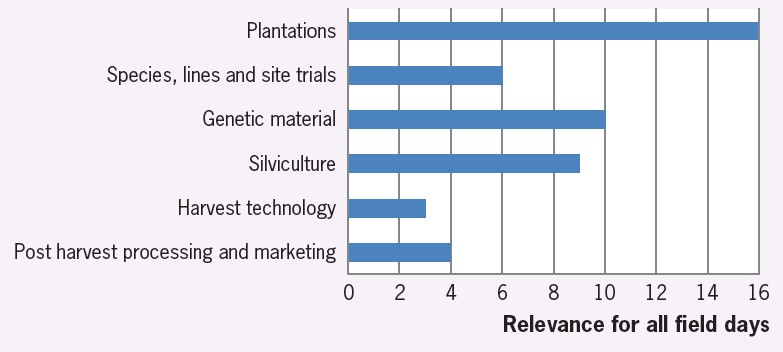
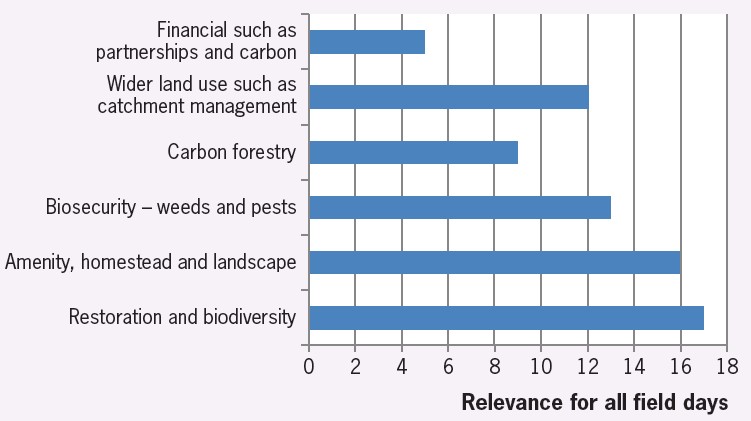
Plantation and production forestry
It is no surprise that the mainstay or radiata pine was the plantation tree we most often looked at, but not by much. Douglas-fir, eucalypts, cypresses and redwoods all drew strong interest, and there were other more novel trees as well. It is disappointing to see Douglas-fir and macrocarpa, the region’s traditional cypress, falling from favour these days. The former is sullied by its weed potential, its longer rotation length and unfriendly building code regulations and the latter its propensity for disease.
More optimistically, we are very interested in high value, durable eucalypts and improved clones of cypress, especially Leyland and Oven’s cypress. Knowledge of these is increasingly backed by research and trials, reinforced by information sharing at field days. These eucalypts and cypress are on the cusp of becoming the high value timber crops for the region. Emerging recommendations for plant selections, and availability of
planting stock should stimulate planting over the next few years. We have seen impressive stands of redwoods as well, but the jury seems out on whether or not these are likely to be replicated on other land in the medium term in our region.
Still in the plantation setting, we have ranged over selecting genetics and propagating materials, matching tree species and varieties to soil and site conditions, and then managing and eventually harvesting the crop. The vagaries of market preferences and economics over the lifetime of a tree ensure fierce debate at field days about the pros and cons of management regimes such as planting density, thinning and pruning especially for the high-volume radiata pine. Foresters are not highly rated for easily agreeing on such things, but they are eager to relate their experience and to learn from each other.
Harvesting
As logging crews work around the region we have taken opportunities to inspect tree harvesting in action. I for one have been impressed by the way nimble, remote-controlled integrated fellers, de-limbers and graders flow from tree to tree, often replacing chainsaws and operators on the ground. It reminds me of the fascinating dexterity of monster diggers picking apart dismembered buildings, post Christchurch earthquake.
To a lesser extent we have also learned about post harvest timber properties, processing and use. Always a highlight at this end of the timber pipeline is John Fairweather’s boutique business Specialty Timber Solutions, specialising in milling, processing and sale of local-grown hardwoods.
The bigger picture
Land use integration, and carbon forestry
Interestingly, the bigger picture activities drew more ticks on my scorecard than the traditional ones. One sub-cluster of activities looks at wider aspects of commercial plantations, such as opportunities and challenges around integrating forestry into the farming system, and catchment-scale management to control soil erosion and to moderate flood peaks and low flows.
Farm foresters are becoming aware of fresher challenges such as forestry in carbon accounting and mitigating effect of climate change, guided by those specialising in this area.
Landscape and biodiversity
The other big picture sub-cluster has a more overt environment, landscape, biodiversity spin. Against a rich heritage in homestead landscape plantings going back as far as farming itself, and the widespread involvement of farming communities in local council reserves management, it has been a surprisingly easy step for farm foresters to encourage natural biodiversity in their thinking and actions. It is an area which the urban public affords too little credit to rural communities and perhaps farm foresters could do more towards correcting what the perception is.
To underscore this, it is interesting that restoration and biodiversity activities notched up more field day time than any other activity. At least two out of three field days have a component of biodiversity and once or twice each year it is the main focus. There is also attention to biosecurity − managing weeds and pests – in production and conservation perspectives at most field days.
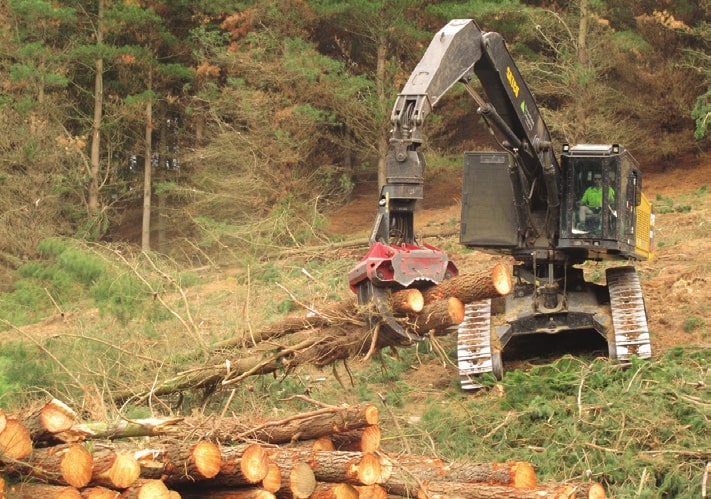
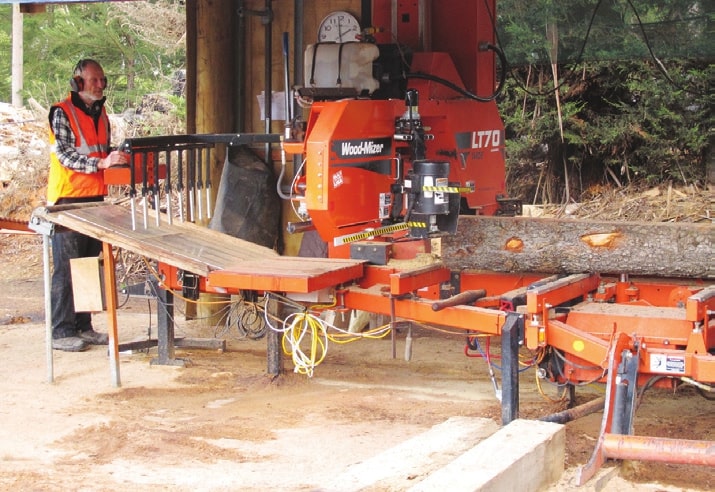
In conclusion
Field days alone cannot offer the depth that individuals might eventually need for particular projects. However, they offer a good overview and starting point. It is also an opportunity to build contacts with other practical people.
Grant Hunter is a member of the North Canterbury branch of the NZFFA.
Some of the highlights of recent field days
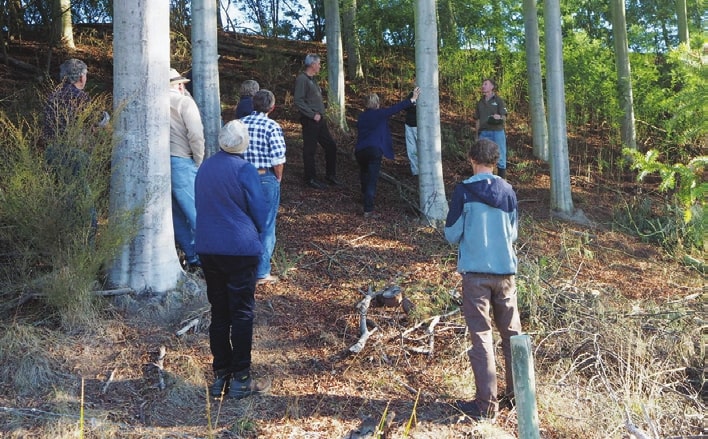
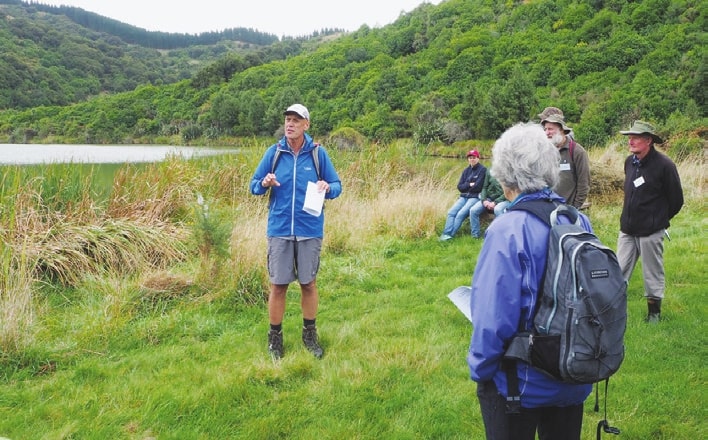
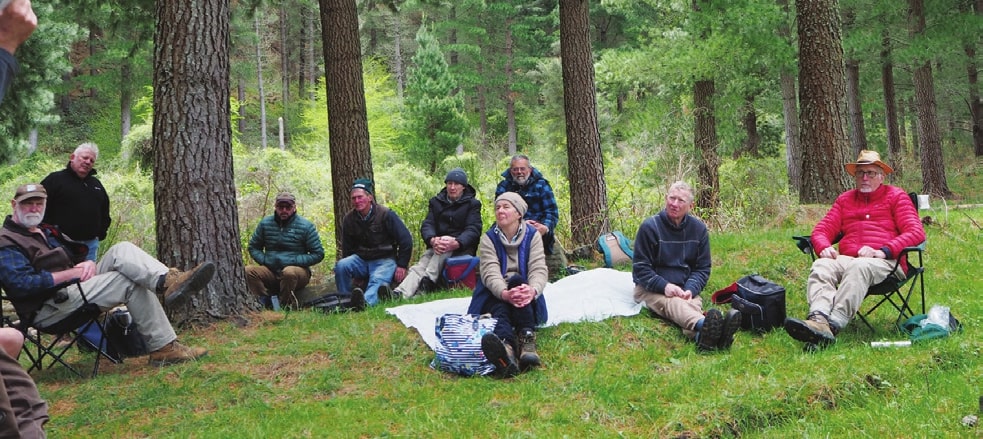
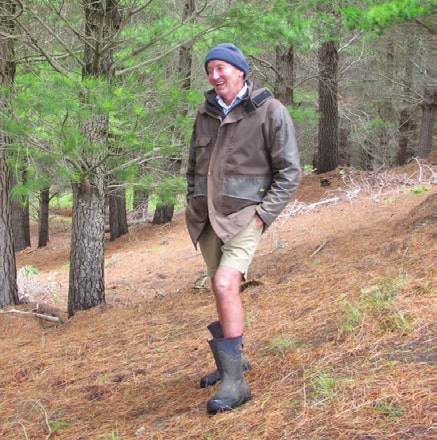
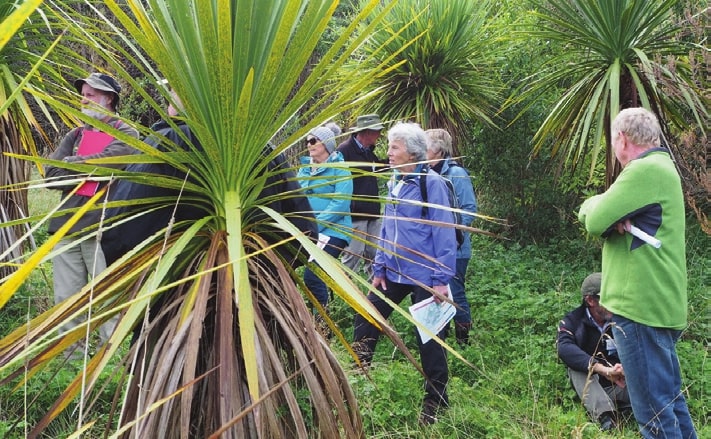
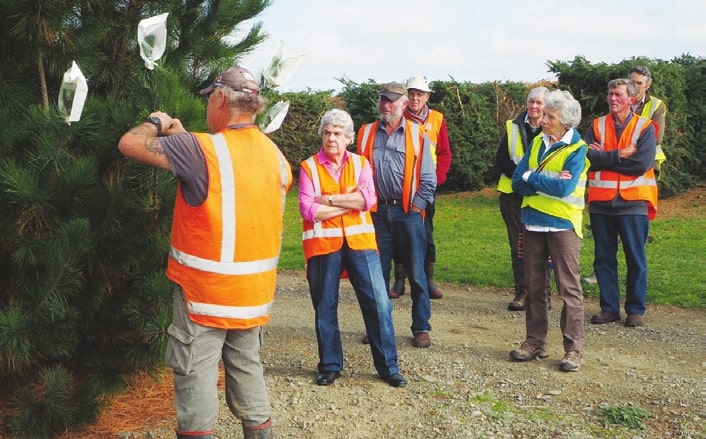
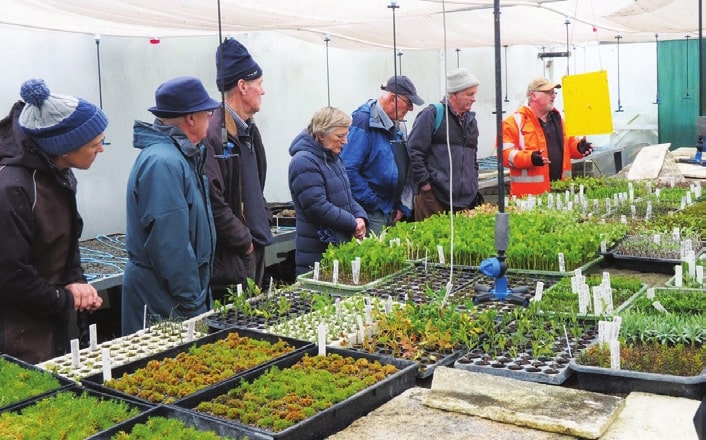
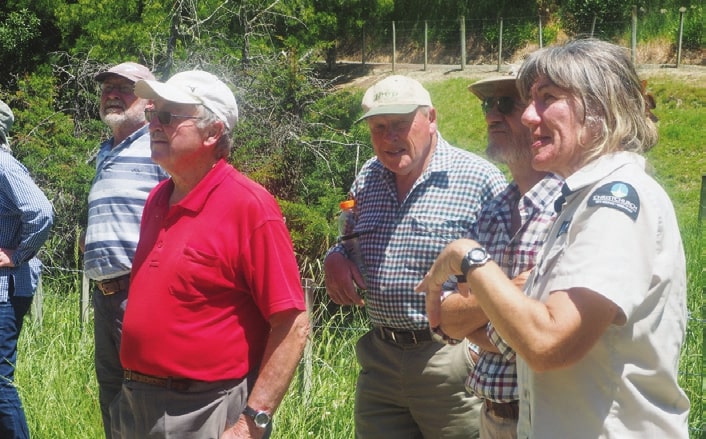

 Farm Forestry New Zealand
Farm Forestry New Zealand